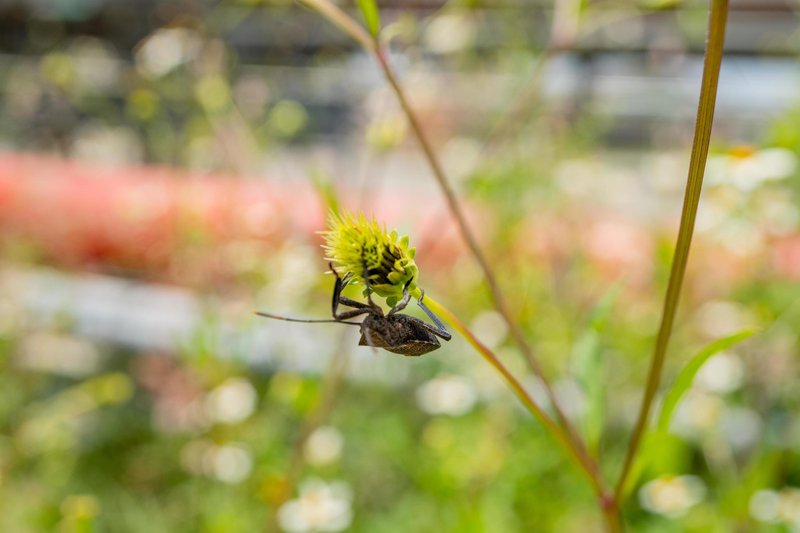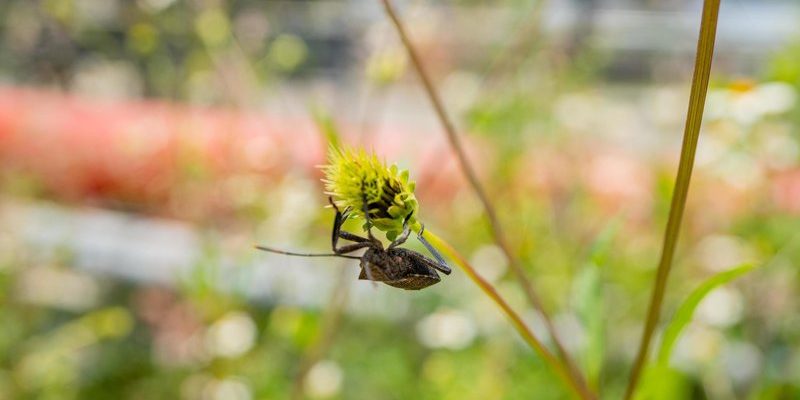
Here’s the thing: understanding how beetles communicate can give us insights into their lives, behavior, and ecology. It’s not just about survival; it’s also about finding mates, avoiding predators, and navigating their environment. Let’s dive into the fascinating world of beetle communication and discover how these little creatures express themselves.
Chemical Communication: The Language of Smells
One of the primary ways beetles communicate is through chemical signals, also known as pheromones. These are substances released into the air or deposited on surfaces that can convey information to other beetles. Imagine walking into a bakery and catching a whiff of fresh bread; that scent can evoke a strong response. For beetles, pheromones work in a similar way.
Depending on the species, pheromones can signal a variety of things:
- Alarm signals: Some beetles release pheromones when they feel threatened, alerting others to danger.
- Mating signals: Many female beetles emit pheromones to attract males, letting them know they’re ready to mate.
- Trail markers: Certain species use chemical trails to guide others to food sources or new habitats.
For example, the Japanese beetle releases specific pheromones that signal other beetles about ripe plants. This chemical communication plays a key role in their daily lives and helps them thrive in their environments.
Vibrational Communication: The Beat of the Beetles
You might not expect beetles to use sounds, but they do communicate through vibrations! These vibrations can be produced by tapping, rubbing, or shaking their bodies. It’s kind of like a dance party, where each movement sends out a message to nearby beetles.
When a beetle taps its body on a surface, it creates vibrations that can travel through the ground. Other beetles can pick up on these signals through their sensitive feet. For instance, male ground beetles might drum on leaves to attract females, similar to how musicians use rhythms to captivate their audience.
This form of communication is especially useful in dark or dense environments where chemical signals may not travel well. It allows beetles to communicate effectively even when they can’t see each other.
Body Language: The Silent Communicators
Believe it or not, beetles also communicate through their body movements and postures. This is sometimes called tactile communication. Think about how you can express your feelings without saying a word. A smile, frown, or wave can convey a lot!
In the beetle world, certain behaviors can indicate aggression, courtship, or even submission. For example, a female beetle may display a specific posture to signal her readiness to mate, while a male may respond with a dance or increased activity to show interest.
Additionally, some beetles have bright colors or unique patterns that serve as visual signals. The bright colors of a ladybug, for instance, warn predators that they might taste bad, while also attracting potential mates. So, even their appearance plays a part in how they communicate!
Social Structures and Group Communication
Not all beetles are lone wolves. Many species live in groups, and they have their own social structures. In these beetle communities, communication becomes even more complex. They might use a mix of chemical cues, vibrations, and body language to maintain social harmony.
Take dung beetles as an example. They roll balls of dung, which they use for food or breeding sites. While doing so, they communicate with other dung beetles in their colony to establish territories or invite others to join in. It’s like organizing a potluck dinner where everyone has to agree on who brings what!
In some species, individuals may even cooperate to protect a food source or help raise young. This cooperation is supported through effective communication, highlighting the importance of social interactions in their survival.
Why Understanding Beetle Communication Matters
You might be wondering why we should care about how beetles communicate. Understanding their communication methods has far-reaching implications for ecology, conservation, and even agriculture.
For starters, beetles play crucial roles in ecosystems, such as pollination and decomposition. By knowing how they interact and communicate, we can better protect their habitats. Moreover, some beetles are essential for pest control. If we understand their behaviors, we can create strategies that help farmers manage crops while preserving beneficial beetle populations.
Also, researchers study beetle communication to gain insights into evolution and behavior. Just as music reflects cultural evolution in humans, beetles’ methods of interaction might reveal how species adapt to their environments over time.
So there you have it! Beetles have a rich and fascinating way of communicating and interacting that goes far beyond what meets the eye. Through chemical signals, vibrations, body language, and social structures, they navigate their lives in ways that are both simple and complex.
Understanding this world not only helps us appreciate these tiny creatures more but also underscores their importance in our ecosystems. Next time you spot a beetle, take a moment to think about what messages might be buzzing just beneath the surface. Who knows? You might even catch a glimpse of their silent conversations!

